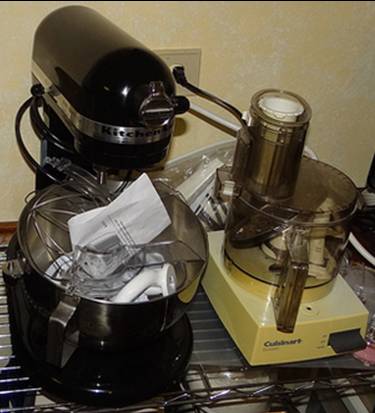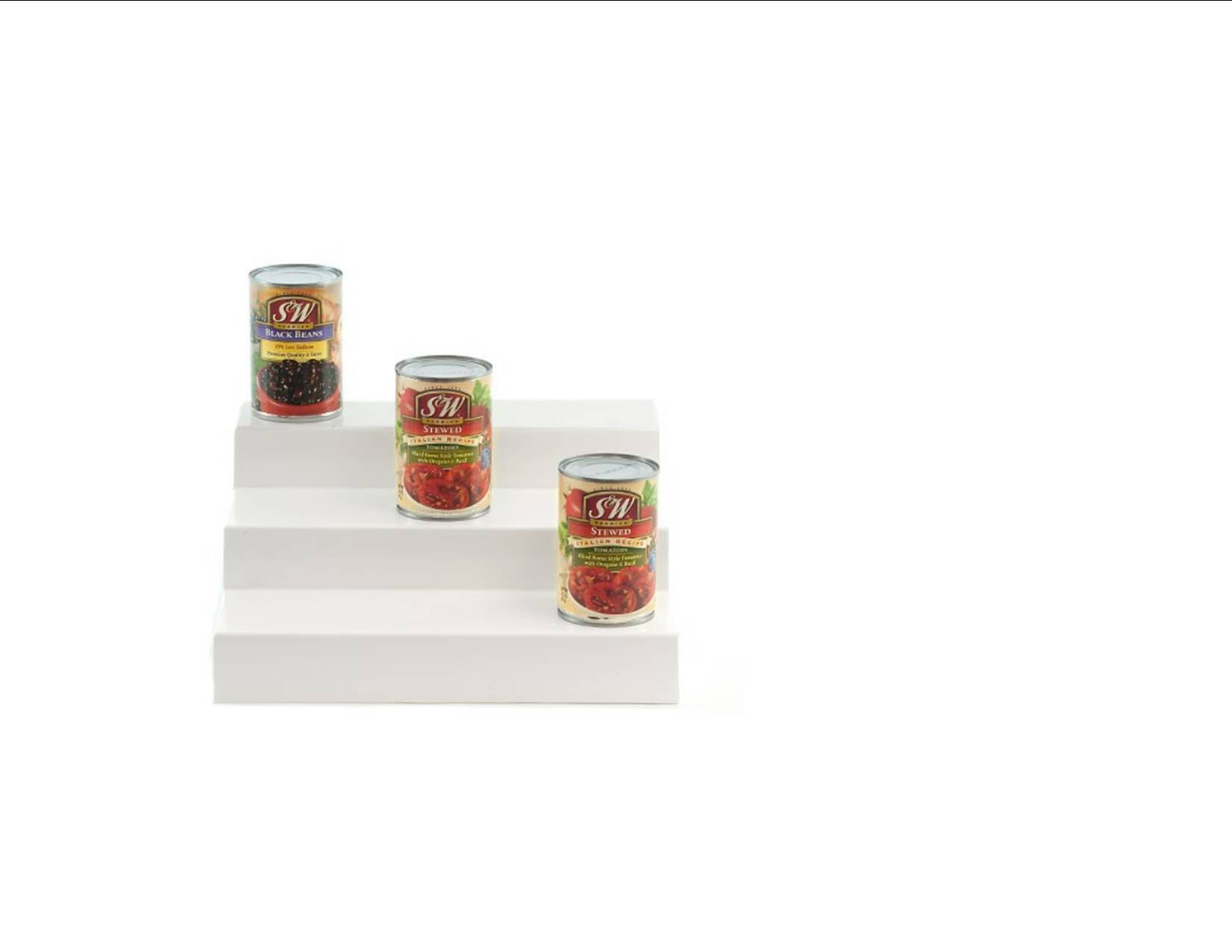The Simple Answer is Often The Best
Sometimes we overlook simple solutions to perplexing problems or everyday annoyances. For example, take a look at that infamous junk drawer, the repository for all those miscellaneous items that do not have dedicated sensible space elsewhere. Often times it is filled with as the Brits say, "bits and bobs" that we have difficulty locating when we need them because they are buried under all of the other STUFF occupying the drawer. Many times I have opened my junk drawers and immediately closed them in frustration for not being able to find what I need or lacking the time to wade through the piles scattered about. That is, until I became serious that these pesky areas needed the same level of organization that the rest of the house enjoys. But what to do with those small bits and bobs? As I have previously mentioned, I do my best to repurpose whenever possible. This is kinder to the environment, my wallet, and my time.
Repurpose, Repurpose, Repurpose
One day as I was grabbing some detergent from under my sink, I noticed some old ice cube trays that I had set aside. I used to use extra ice cube trays when I made baby food, I would freeze the food in the cubes until solid. At that point, I would dislodge the food from the trays and store in freezer containers until needed. I have also used the trays when I have cooked up large batches of soup, and I would freeze the excess in ice cube trays until the cubes were ready to be transferred into freezer containers. Then as with the baby food, I could thaw just the right amount. Well, the baby food making days are over, and I have not made soup in a while, but I now have another use for those trays. They are the perfect for all those little bits and bobs.







